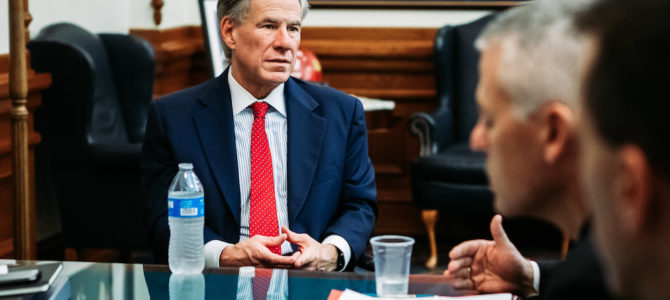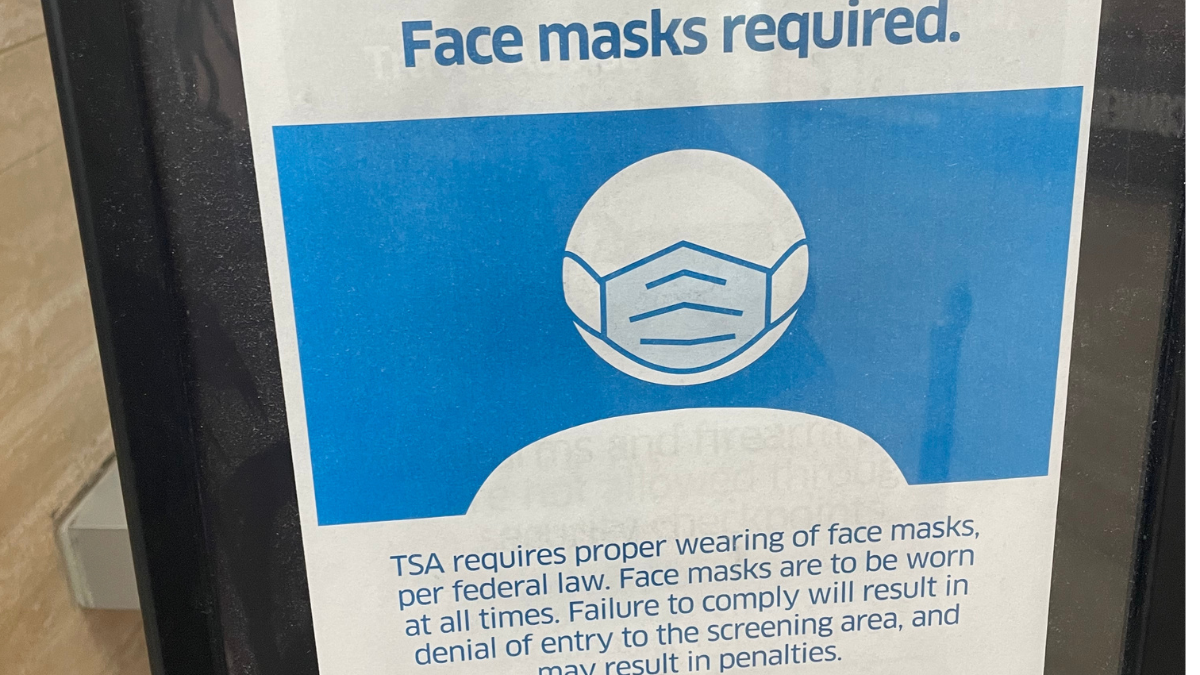
In what could be the beginning of America’s resurgence from the coronavirus pandemic, Texas Gov. Greg Abbott announced Monday he will let the state’s stay-at-home order expire at the end of the month and allow some businesses to reopen Friday, with restrictions. It marks the boldest loosening of pandemic restrictions since states began issuing lockdown orders last month, and could mark a path ahead for reopening the rest of the country.
Retail stores, restaurants, movie theaters, and malls across Texas will be allowed to open, but must operate at only 25 percent capacity. Same goes for museums and libraries. A second phase of reopening could come as soon as May 18, Abbott said, so long as Texas sees “two weeks of data to confirm no flare-up of COVID-19.” The governor’s order supersedes local orders by mayors and county commissioners, so if all goes well most businesses in Texas could be open by June.
“The executive order has done its job,” he said. “Now it is time to start a new course.”
The announcement comes as governors nationwide are grappling with when and how to relax lockdown orders that have decimated the American economy and left tens of millions jobless. As the rate of hospitalization slows nationwide and hospital capacity holds steady, pressure is mounting on governors to reopen, as it should.
Abbott’s plan isn’t perfect by any means—at his press conference Monday there was no mention of schools or child care—but it represents a realistic approach to containing the pandemic while recognizing the need to get the economy going again. Remaining on lockdown for another 18 months or until there’s a vaccine, as Ezekiel Emmanuel suggested recently, or dragging out reopening for two years, as Virginia’s health commissioner suggested last week, or waiting until the fall when testing nationwide might—might—reach levels health experts would like to see aren’t serious options.
Simply put, Americans have to get back to work. A nation of 330 million people cannot subsist on debt-financed government handouts for very long, and now that evidence is emerging that the virus is not as deadly as we all feared it would be, it’s time for governors to get real. Our health-care system alone can’t handle these lockdowns for much longer. Hospitals all over the country are cutting pay, laying off staff, and imposing massive furloughs thanks to prohibitions on “non-essential” procedures. Even the world-renowned Mayo Clinic announced last week it was furloughing or cutting pay for some 30,000 employees.
Some governors seem to get it. Last week, Georgia Gov. Brian Kemp announced certain businesses could reopen beginning April 24, including gyms, bowling alleys, tattoo studios, barbers, and massage therapists—businesses the governor said often employ lower-income workers who most need to get back to work. Oklahoma Gov. Kevin Stitt on Sunday defended his decision to begin a phased reopening, citing a steady decline in the number of new cases. Both Kemp and Stitt have been pilloried by the blue-check media for their decisions, as surely Abbott will be this week.
But what Texas and Georgia and Oklahoma have in common is that they have not seen a coronavirus outbreak on the scale of New York or New Jersey, which have hundreds of thousands of confirmed cases and, between them, more than 22,000 deaths. As of Monday, Georgia had 22,695 confirmed cases, Texas had 23,773, and Oklahoma had just 3,193. None of them have seen COVID-19 fatalities exceed 1,000. These numbers are fractions of 1 percent of their populations.
What are states in this position supposed to do? We’re told by health experts and media scolds that we can’t reopen until we have mass testing and hundreds of thousands of “contact tracers” to track down everyone an infected person has had contact with. But those aren’t realistic benchmarks.
Right now, Texas public health departments have only 800 people doing contact tracing in a state of some 28 million people. Some of the health experts advising Abbott want to see that number increase by a factor of 50. But how long will it take to hire and train 40,000 contact tracers? Months? A year? American families can’t wait that long.
There are of course some governors who don’t seem to get it. Over the weekend, Wisconsin Gov. Tony Evers extended his stay-at-home order another month, prompting thousands of angry Wisconsinites to descend on the state capitol in protest and others to flood his office with complaints. For context, Wisconsin has had fewer than 6,000 cases and only 266 deaths from COVID-19. If Texas can reopen—with appropriate precautions in place—then surely Wisconsin can.
For now, all eyes will be on the Lone Star State to see if its phased reopening works. If it does, it should serve as a guide for how to get America back to work—safely.









